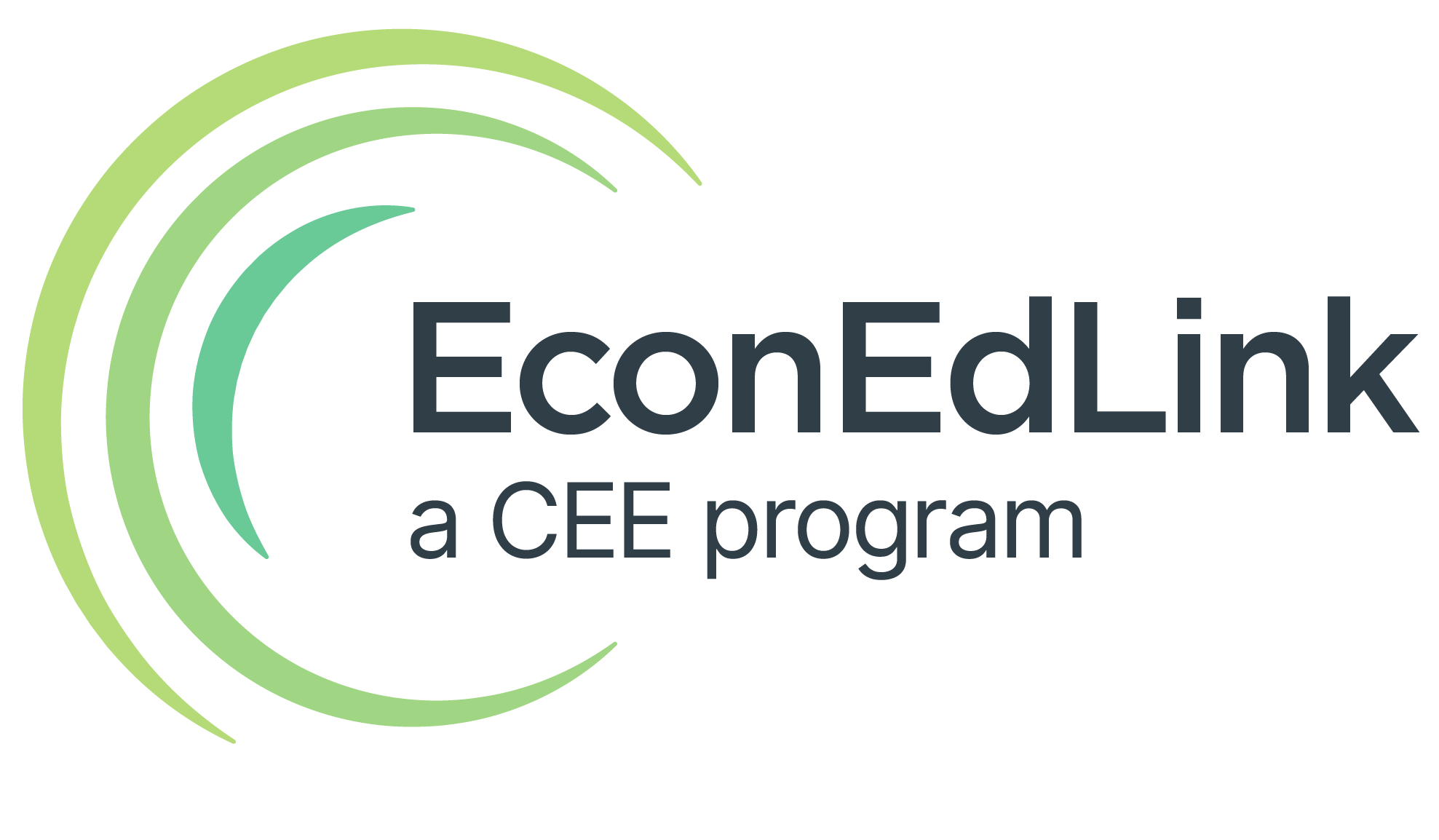9-12
Where did All the Money Go? The Great Depression Mystery
In this economics lesson, students will identify conditions in the economy to learn about the Great Depression.
Lesson

9-12
9-12
9-12
9-12
9-12
6-8
9-12
9-12
9-12
6-8, 9-12